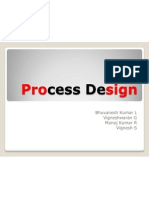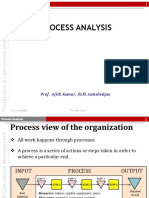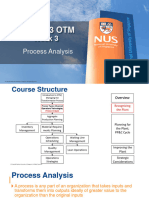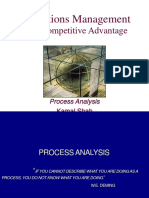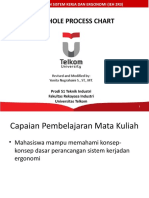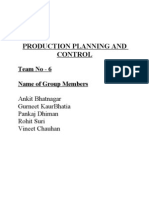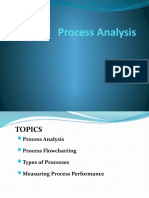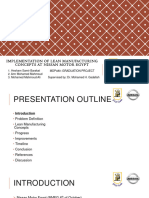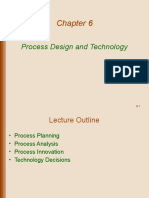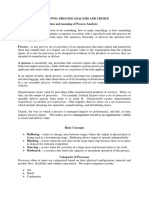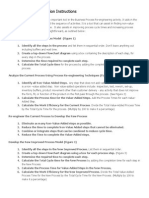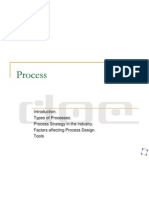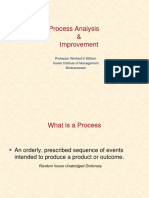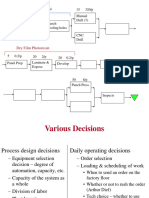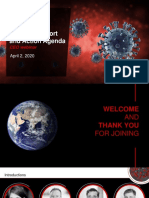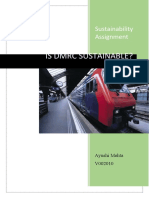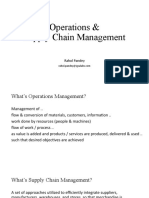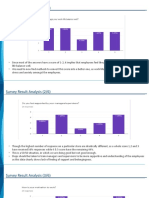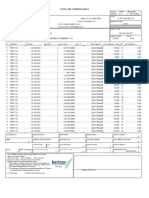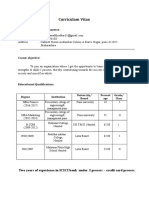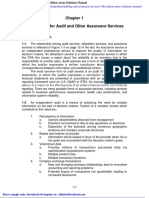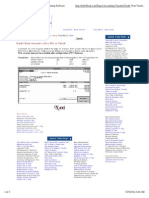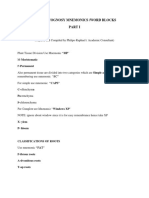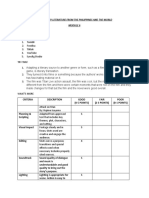0% found this document useful (0 votes)
55 views16 pagesSession1-3 Process View
The document discusses processes in manufacturing and healthcare contexts. It provides examples of process flows for an automobile plant and an interventional radiology unit. Key process performance measures discussed include flow time, flow rate, throughput rate, inventory, and Little's Law. The document also discusses different types of processes based on volume and variety, and outlines steps for analyzing processes including defining boundaries, estimating resource capacities, and calculating flow rates and utilizations.
Uploaded by
Ayushi MehtaCopyright
© © All Rights Reserved
We take content rights seriously. If you suspect this is your content, claim it here.
Available Formats
Download as PPTX, PDF, TXT or read online on Scribd
0% found this document useful (0 votes)
55 views16 pagesSession1-3 Process View
The document discusses processes in manufacturing and healthcare contexts. It provides examples of process flows for an automobile plant and an interventional radiology unit. Key process performance measures discussed include flow time, flow rate, throughput rate, inventory, and Little's Law. The document also discusses different types of processes based on volume and variety, and outlines steps for analyzing processes including defining boundaries, estimating resource capacities, and calculating flow rates and utilizations.
Uploaded by
Ayushi MehtaCopyright
© © All Rights Reserved
We take content rights seriously. If you suspect this is your content, claim it here.
Available Formats
Download as PPTX, PDF, TXT or read online on Scribd
/ 16








